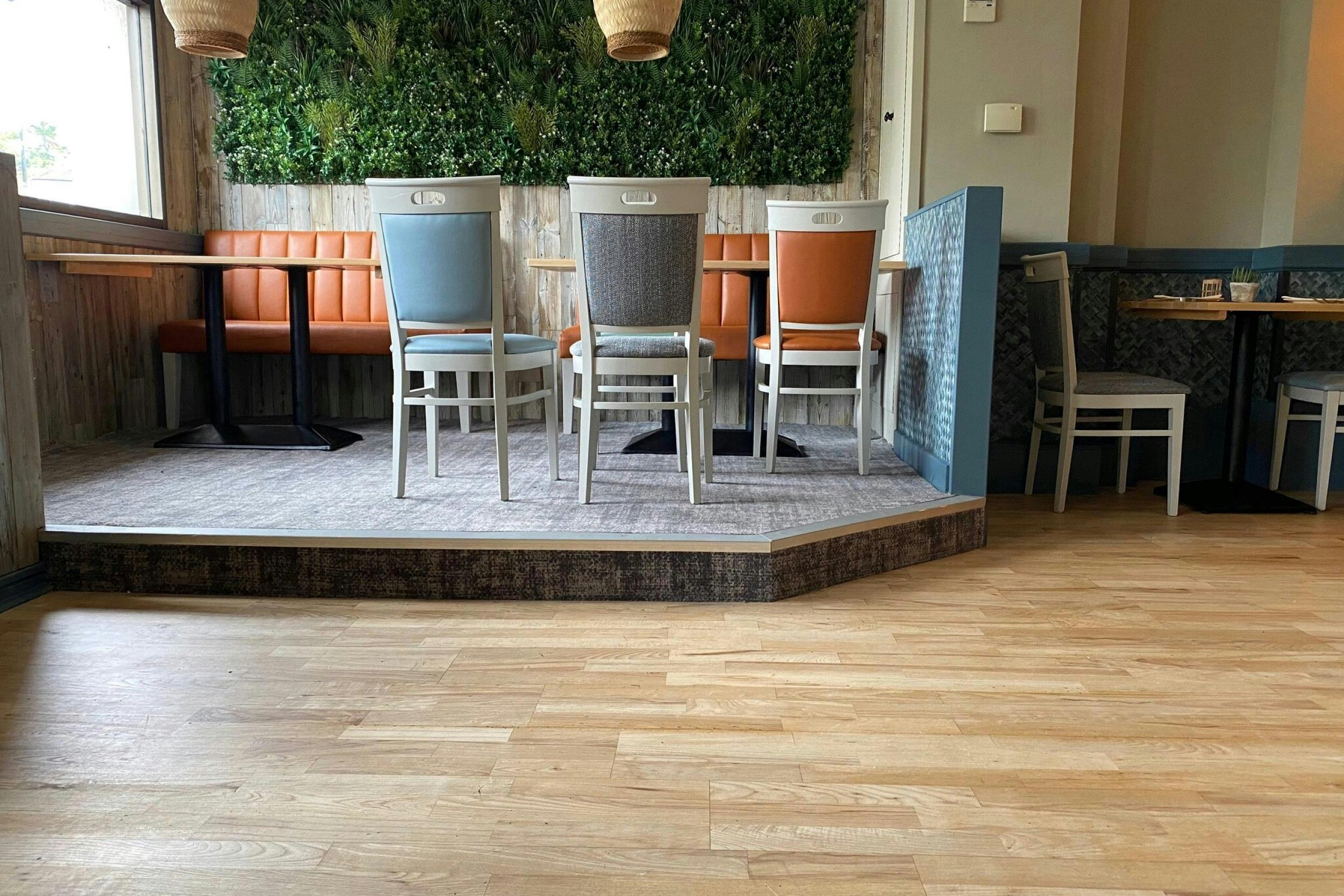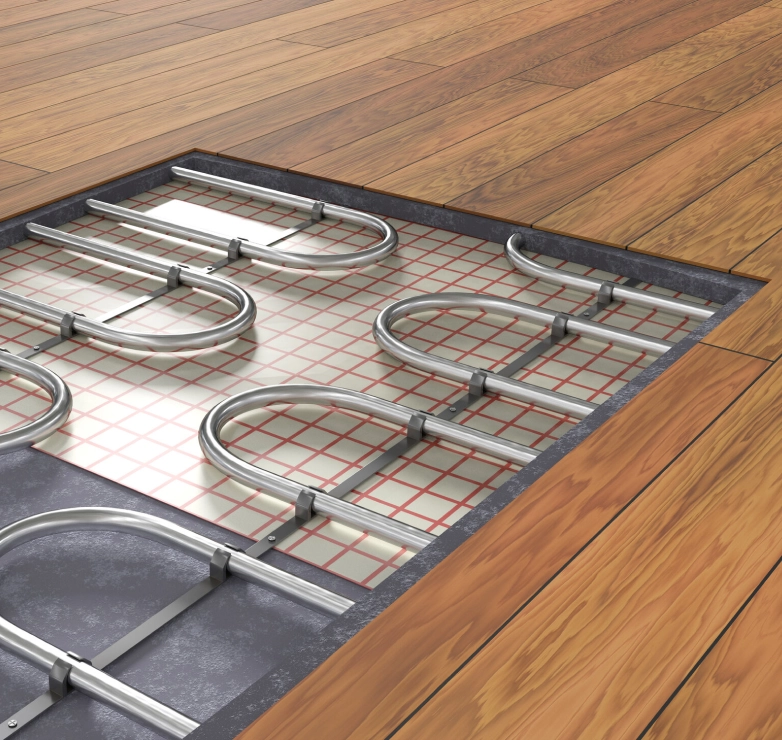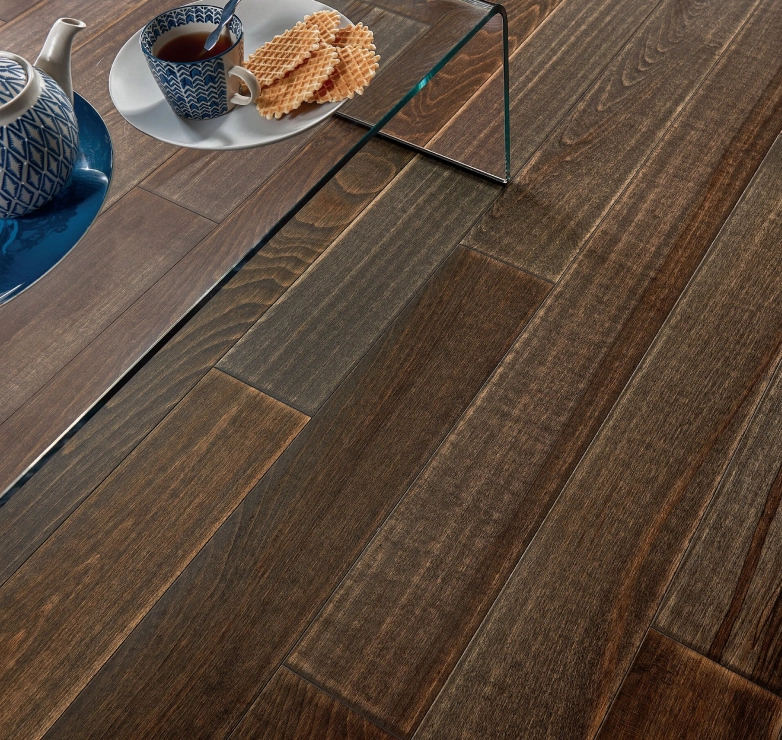What causes squeaky floorboards?
The noise that you hear when you step on a floorboard (or floorboards) is usually a result of loose boards.
The bounciness and movement in these loose boards causes them to rub together or onto a fixing nail or floor joist which, in turn, creates an unpleasant and annoying noise referred to as creaking or squeaking.
Though a loose floorboard may sound like a simple problem to solve, there are several reasons why a board could be loose and you will need to establish what is causing your noisy floorboards before you can work on fixing it.
Squeaky floorboards are most commonly caused by one of two factors, particularly when dealing with suspended wood floors - nails or floor joists.
Floor joists are the large wooden beams underneath your subfloor which hold the weight of your suspended floorboards. They run perpendicular to the boarding and are secured to wood flooring using nails.
When there is a gap between the top of the joist and the underside of the subfloor this creates space for movement when pressure is applied to your flooring.
Similarly, when the incorrect nails have been used to secure your flooring to the joists, or they have just not been fitted correctly, this will leave the boards loose and free to move around when walked across.
Ultimately, the root cause of your creaking suspended floorboards is likely to be one of the following:
- Incorrect nails being used to secure the floor to the joist
- Nails being fitted inadequately
- A gap between the top of the floor joist and the underside of the subfloor
- An issue with the supporting joists underneath the boards
When dealing with floated or glued down flooring, the creaking is likely to be a result of a different issue such as uneven flooring, bad underlay installation, excessive moisture, or boards that have not been acclimatised.
In any of these circumstances, you will require the services of a professional carpenter to fix the issue if it’s a more severe case.
Otherwise, there may be a simple DIY fix that can solve the problem in a matter of minutes.




